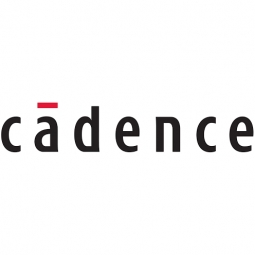Cadence Design Systems
Case Studies
IBM and Cadence: Streamlining Mainframe Computer Designs with Complex PCB Systems
Overview
 |
IBM and Cadence: Streamlining Mainframe Computer Designs with Complex PCB SystemsCadence Design Systems |
Processors & Edge Intelligence - Microcontrollers & Printed Circuit Boards Sensors - Temperature Sensors | |
Product Research & Development | |
Manufacturing Process Simulation Time Sensitive Networking | |
Hardware Design & Engineering Services System Integration | |
Operational Impact
| The adoption of Cadence's Allegro System Architect GXL by IBM R&D Lab Germany resulted in a streamlined design process for their highly complex PCBs. The solution's ability to manage both tabular and schematic data in a full design and simulation environment simplified the design process, reducing errors and increasing efficiency. The rapid compilation feature of the solution allowed for quick detection of errors, significantly increasing productivity. The integrated environment also provided a comprehensive view of the system structure and greater visibility of the buses, enabling better forecasting of the number of layers required. This holistic approach to design also allowed design teams to explore design alternatives, reducing the cost of experimentation and innovation, and resulting in the best-possible design. | |
Quantitative Benefit
| Design teams using the tabular input capability of Allegro System Architect can complete the input in one-tenth of the time required to work directly with schematics. | |
| Compilation of the design code takes a fraction of time previously required for schematics, reducing from 8-10 hours to a matter of seconds. | |
| The integrated environment of Allegro System Architect GXL reduced the time required for PCB development by 80%. | |


